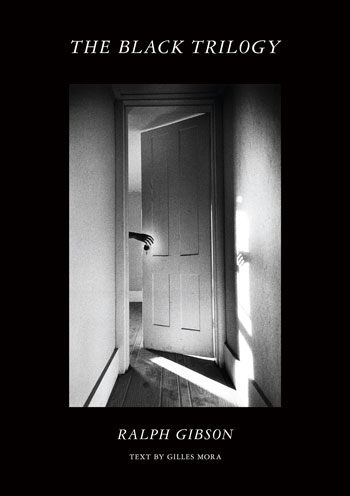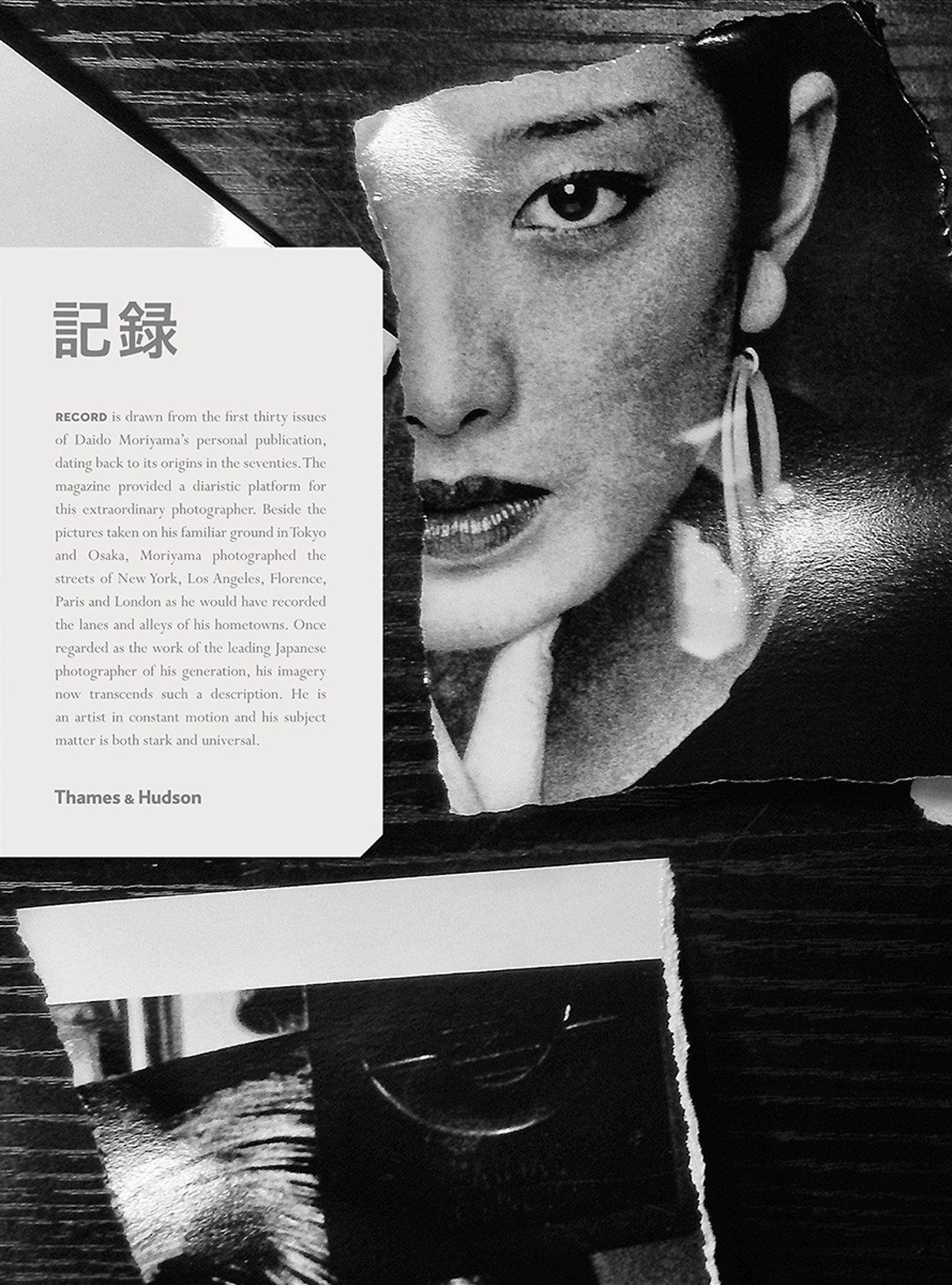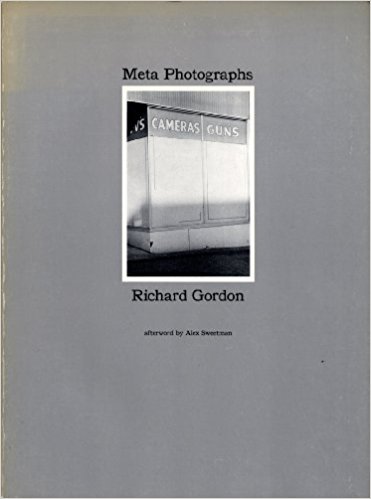A camera is a tool. A lens is a tool. More cameras and more lenses may give you more options to explore and capture the world. However, more important than any piece of equipment are your eyes. And no fancy pants, ultra high megapixel device is going to make you a better photographer if your eyes (and your mind) aren't functioning photographically. With the relentless torrent of images bombarding us everyday off of computer monitors, smart phones or other screen-based platforms, it is even more important to devote time to the tangible and the tactile. Investing in photo books will bring more lasting value to your life as a photographer than any new shiny piece of glass and metal (and plastic.)
There really is no replacement for seeing photographs in print. Many of us don't have the time or the access to a museum or gallery on a regular basis to view photos hanging in a frame on a wall. And not to diminish those opportunities, but the photo book format is, in many ways, the ultimate way to consume photographic images. You can spend as much time with each image, studying and contemplating. You can delve deeply into the sequencing of the images, which is a key component to a true body of work, as opposed to a single image that pops up on your Instagram feed. Books have permanence, and they will most likely increase in value. Try saying that about the latest mirrorless camera you just dropped a grand on.
I recently added a few titles to my photo book library. I was thrilled to hear that the earliest books by the black and white master Ralph Gibson had been reissued in a new compilation. "The Black Trilogy" highlights the surreal, dreamlike work that Gibson soon became highly recognized for. What I find most striking about this body of work is how prevalently the vertical format is featured. I remember hearing once that Gibson felt that shifting to a vertical format subconsciously unsettles the viewer by a small degree, moving them away from the expected and more familiar horizontal presentation of an image. Combined with the inherent qualities of black and white, this helps push the work further from reality and deeper into the viewers psyche.
The second book I'm featuring is by the great Japanese photographer Daido Moriyama. "Record" is a hardbound, slipcased book that complies his work that was originally released in a series of self-published magazines. The work spans almost thirty years, and highlights Moriyama's are-bure-boke (“shaky-blurry”) style. It is a bit difficult to comprehend how revolutionary this style was when it first surfaced in the late 1960s, especially considering how many contemporary photographers now ape Daido's look. As the work progresses chronologically, it becomes perhaps sharper and clearer, but never any less provocative.
The last book up for discussion is a fairly obscure title, called "Meta Photographs" by Richard Gordon. Now before you go thinking this is some "johnny come lately, post-modern hipster, internet age" cash in, please note that the book was originally published in 1978. I had never heard of it, nor the photographer Richard Gordon, before I happened upon a set of images from this book on view at SFMOMA. This book falls squarely in my wheelhouse, as it is strictly photography about photography. Or more accurately, photos of items or environments that include some photographic representation in them. Photos of celebrity portraits on a wall, photos of people using cameras, photos of people being photographed. What I love the most about this book is how a simple undercurrent unites the whole project; how a photographic image can be recontextualized; how something that at first glance seems mundane, can actually be infinitely thought provoking.
What are some of your personal favorite photo books? Feel free to share your thoughts.





